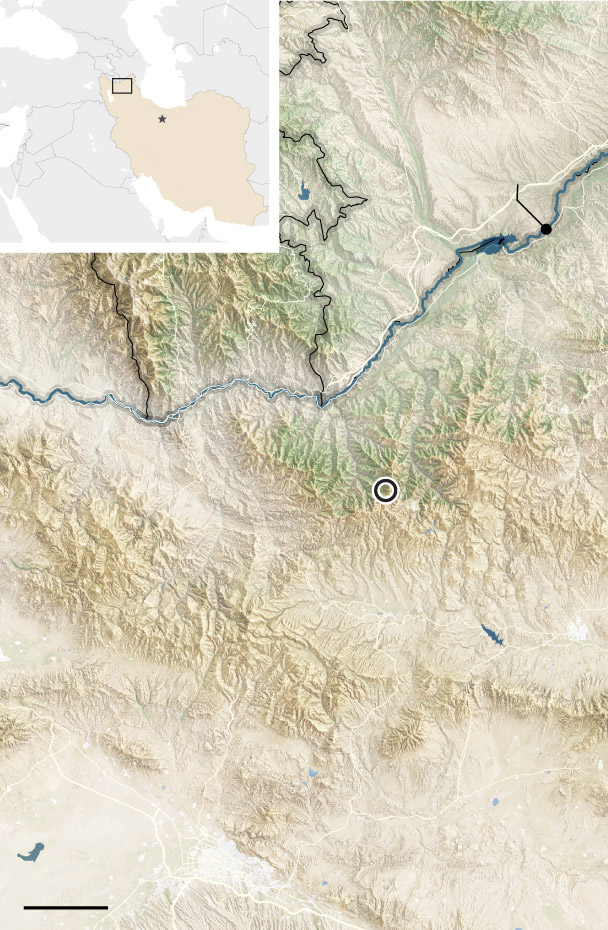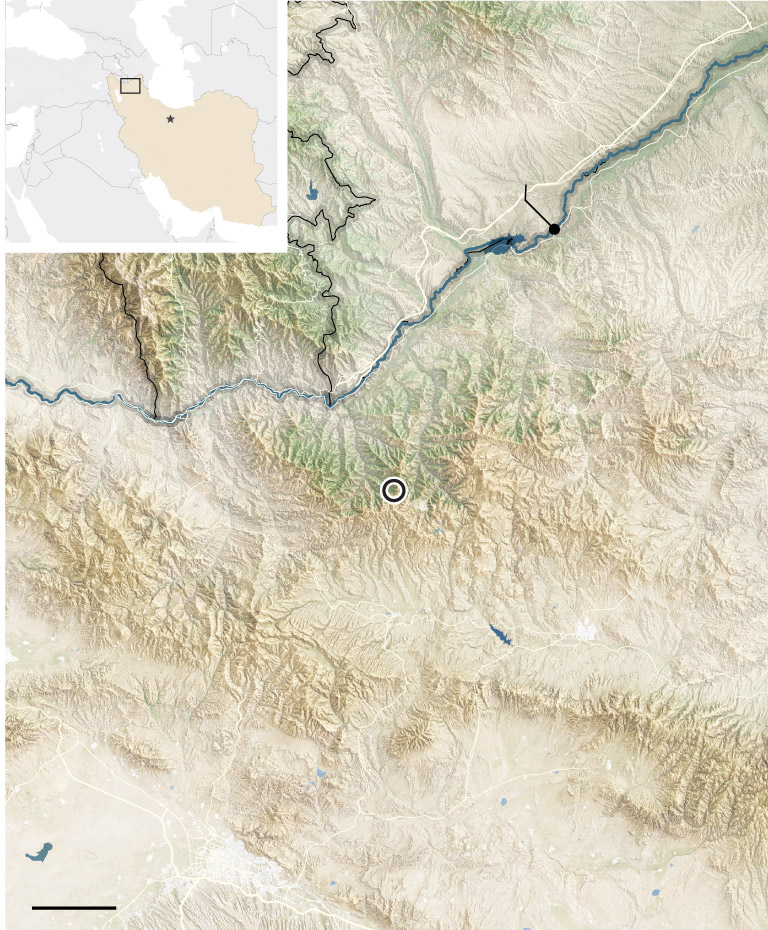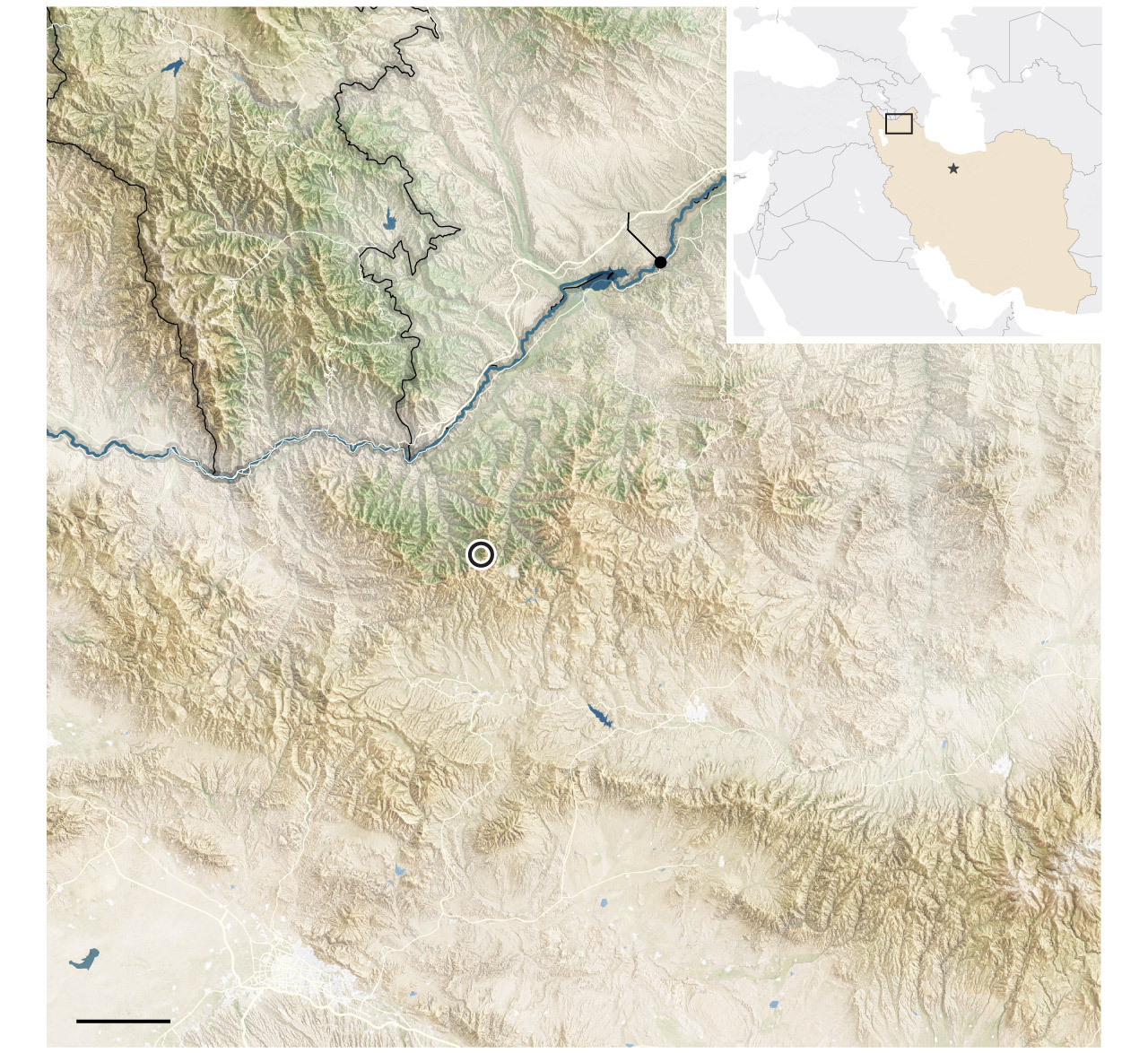A Bell 212 helicopter crashed carrying Iran’s President Raisi: What we know
Authorities in Iran have provided little information about the circumstances of the crash that killed President Ebrahim Raisi and eight others but have attributed it to a “technical failure.” U.S. Defense Secretary Lloyd Austin told reporters Monday that “the United States had no part to play” in the crash and that the Pentagon had no insight into the cause.
Despite poor relations between Tehran and Washington, the Iranian air force maintains five of these U.S.-designed aircraft for its VIP squadron, including the one involved in the president’s crash, according to Scramble, a Dutch aviation website. Some may be decades old — data from Cirium, an aviation analytics company, shows that the average age of the 15 Bell 212 aircraft registered in Iran was 35 years old — with their maintenance complicated by international sanctions on Iran.
Bell Helicopter, now Bell Textron, which developed the helicopter in the 1960s, said it had little information about the state of the helicopter. “We can confirm that Bell does not conduct any business in Iran or support their helicopter fleet, and we do not have knowledge about the active state of the helicopter involved in this accident,” Bell said in a statement to The Post on Monday.
U.S. National Security Council spokesman John Kirby on Monday denied accusations that U.S. sanctions may have led to the crash, calling any such claims “utterly baseless.”
The helicopter crashed Sunday amid dense fog in the mountainous terrain of Iran’s East Azerbaijan province. Dozens of search teams worked into the night, struggling through the rugged landscape to reach the scene; word that the site had been found and all nine people aboard were dead came more than 12 hours after news first emerged of the helicopter’s disappearance. There has been no indication of foul play.
John Cox, an American crash expert, said investigators are likely to also focus on the bad weather and poor visibility reported at the time of the crash.

Raisi was returning from an appearance with Azerbaijani President Ilham Aliyev to inaugurate the joint Qiz Qalasi Dam project when the helicopter went down in Iran’s East Azerbaijan province.

Raisi was returning from an appearance with Azerbaijani President Ilham Aliyev to inaugurate the joint Qiz Qalasi Dam project when the helicopter went down in Iran’s East Azerbaijan province.

Raisi was returning from an appearance with Azerbaijani President Ilham Aliyev to inaugurate the joint Qiz Qalasi Dam project when the helicopter went down in Iran’s East Azerbaijan province.
“Mountainous terrain and bad weather is never a good combination for a helicopter flight,” said Jeff Guzzetti, a former federal crash investigator. He described the Bell 212 as “a stalwart.”
A database maintained by the Flight Safety Foundation lists about 430 Bell 212 accidents since 1972, including the Iranian president’s helicopter crash, with 162 of them — just under 40 percent — involving fatalities.
Globally, there are 443 Bell 212 aircraft in service by 144 different operators, and their average age is 42 years old, according to Cirium.
The last fatality involving a Bell 212 occurred in September, when a helicopter on a training flight crashed off the coast of the United Arab Emirates, according to the Flight Safety Foundation.
Typically, overseas crash investigators call in the expertise of foreign aircraft manufacturers to help their probes, under a process overseen by the U.N. aviation agency. It’s unclear whether Iran will seek that assistance, but, Cox said, “It would be better if Bell aircraft were involved to assist the Iranians.”
Iranian authorities have blamed sanctions on U.S. aviation equipment for the crash. Cox said it would probably be difficult to operate the Bell helicopter inside Iran without a third-party source for parts or…
Read More: A Bell 212 helicopter crashed carrying Iran’s President Raisi: What we know

